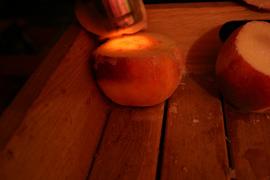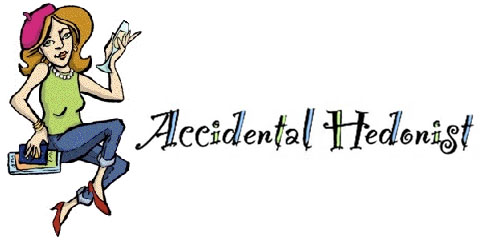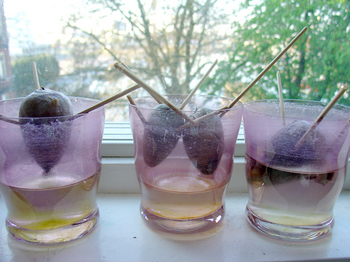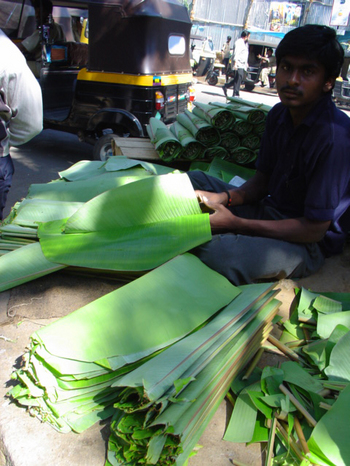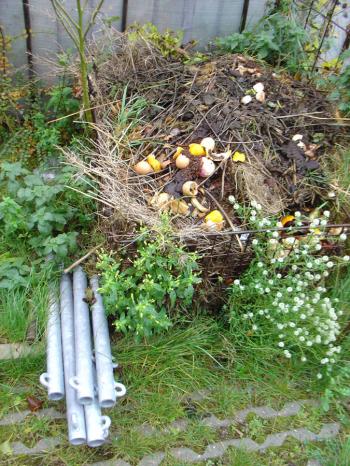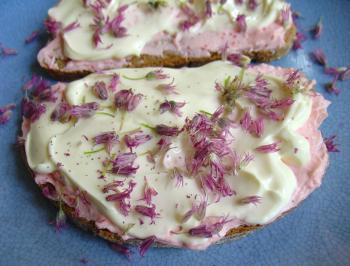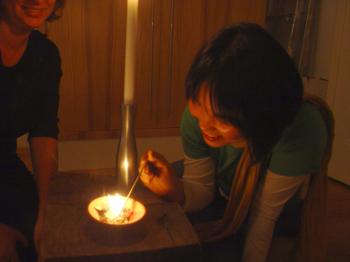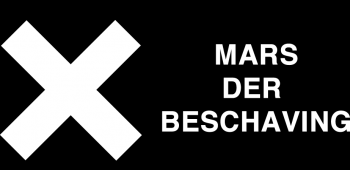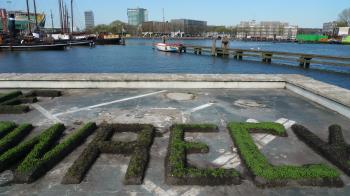This weekend:
Massive Dutch protests against the obliteration of cultural funding!
June 25, 2011
Dutch text below is not a direct translation.
Imagine this: you’re an internationally recognised Dutch cultural institution of art/design/media culture. You have a substantial collection; media art, landscape art, but also paintings/ sculptures/ installations/ photography/ film/ design objects/ and artist-activist works in the public space that regenerate your city’s ill-planned urban areas. In short, you host a platform for innovation representing the entire gamut of your discipline. Over the past decades you have made substantial cultural impact in your field and thus you are considered to be a driver of culture. The artists/designers/architects whose works comprise your collection and fill your programming are also recognized internationally, and they often represent the Netherlands all over the world, in biennials and important exhibitions.
And then one day you receive a letter from the new Dutch Ministry of Culture that your funding will be completely withdrawn as of January 1, 2013. What do you do with your collection? Your staff? Your buildings? Your publications? The rest of the year’s programming? What will the artists/activists/designers/architects and your engaged public do, now that they no longer have access to your platform?
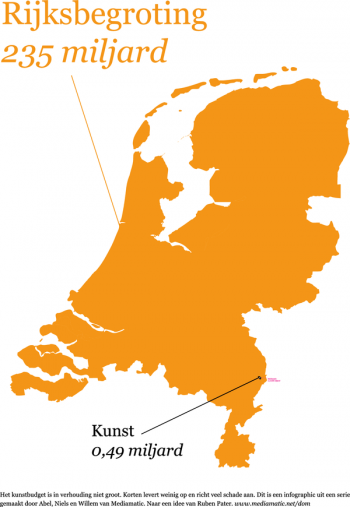
Infographic illustrating the proportion of cultural spending in comparison to the total Dutch national budget. Miljard = billion.
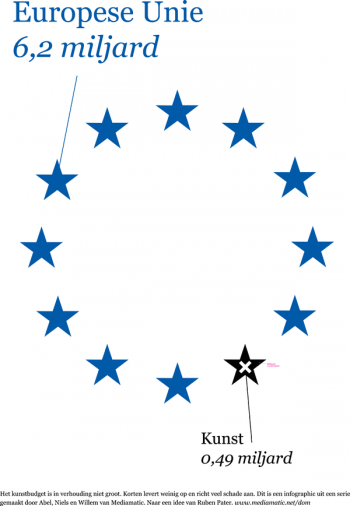
Infographic illustrating the proportion of cultural spending compared to the total budget of EU spending. Miljard = billion.
This Sunday and Monday the Dutch cultural sector will gather and protest en masse the unspeakably ill-informed budget cuts proposed by Secretary of State Halbe Zijlstra. These cuts are not simply across-the-board austerity measures taken from all sectors, but represent the destruction of Dutch cultural heritage in one fell swoop. Aside from the radical and sometimes COMPLETE obliteration of budgets for new media culture, design, art in the public space, and architecture, Zijlstra’s proposed budget, which ignores the advice given by his own advisory panel, will also severely and negatively impact spending in the areas of science, health care, and the environment.
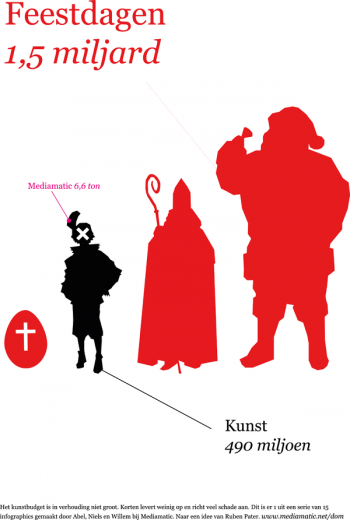
Infographic illustrating the proportion of cultural spending in comparison to the annual amount of Dutch spending on Christian holidays.
Shockingly, though not surprisingly, the proposed cultural sector budget erasures represent a proportional drop in the bucket of overall national spending, less than 1%. By comparison, a 1% reduction in our annual asphalt budget alone would make cuts in culture in these areas unnecessary.
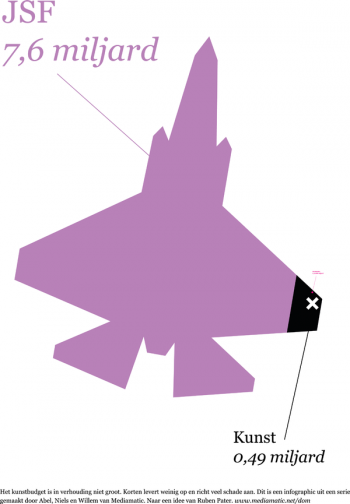
Infographic illustrating the proportion of cultural spending in comparison to the budget for the Joint Strike Fighter.
The Dutch cultural sector has produced a counter proposal which you can read here.
Here is a list of actions we can all take before June 27 that will likely impact the parliamentary debates on Monday:
A no less less emotional (Dutch) version of the above post below I have excerpted from the Sonic Acts. On their website is an even lengthier and impassioned English version - a worth read for those trying to inform themselves about the current political situation in the Netherlands:
Op vrijdag 10 juni 2011 viel de brief ‘Meer dan kwaliteit’ van de staatssecretaris voor cultuur, Halbe Zijlstra (VVD), in de elektronische postbus van Nederlandse instellingen voor kunst en cultuur. Daarin werd uitgelegd hoe met de botte bijl 200 miljoen euro bezuinigd zou moeten worden op kunst en cultuur, en wel met ingang van 1 januari 2013. Zijlstra, die er rond voor uit komt geen enkel verstand te hebben van kunst en cultuur, bleek alle adviezen, waaronder die van de Raad voor Cultuur (officieel adviesorgaan van de overheid) naast zich te hebben neergelegd. Subsidies voor een beperkt aantal ‘topinstellingen’ zoals de Nederlandse Opera, die sowieso al een groot deel van het beschikbare budget verbruiken, blijven gehandhaafd. Het grootste deel van de andere instellingen mogen wat hem betreft verdwijnen – ze kunnen niet meer rekenen op structurele ondersteuning van het rijk. Bovendien wordt het budget dat beschikbaar zal zijn voor projectsubsidies – voor individuele kunstenaars, eenmalige projecten, festivals – meer dan gehalveerd. Alleen ‘internationaal toptalent’ en kunst die zich al bewezen heeft, mag blijven.
Hier is niet zomaar sprake van een verwachte bezuinigingsoperatie van een centrumrechts minderheidskabinet dat aan de leiband loopt van de populistische PVV. Hier is sprake van een rechtstreekse aanval op de kunst, een aanval op alles wat niet binnen een markteconomie past, alles wat zich niet wil of laat voegen naar de logica van een populistisch getint neoliberalisme. Het betekent het einde van een met veel inspanning en moeite opgebouwde cultuur. Er staan wel wat obligate zinnetjes in de brief waaruit een slecht lezer de indruk zou kunnen krijgen dat er sprake is van een beleidsvisie, maar elke inhoudelijke frase wordt tegengesproken door de voorgenomen maatregelen. Uit de brief spreekt ressentiment jegens vernieuwende en onderzoekende kunst, jegens kunst die nieuwe wegen probeert in te slaan, en die zich niet kan bedruipen van de markt alleen. Er spreekt minachting uit voor het werk van kunstenaars, minachting voor de rijke ervaring die kunst kan opleveren, minachting voor de mensen die daarvan genieten en profiteren. Dat kunst een bijdrage levert aan de samenleving en aan innovatie wordt genegeerd. Dat kunst en cultuur een publiek belang hebben, wordt ontkend; in feite wordt ontkend dat er zoiets als een publiek belang bestaat. Alleen wat ‘de markt’ – wat dat ook moge zijn – of een rijke mecenas wil betalen, heeft bestaansrecht. De brief is een knalharde oekaze. Onder de zweep van het populistisch neoliberalisme op naar ondergang.
Er is geen enkele beleidsreden om 200 miljoen te bezuinigen. Het is zo afgesproken met de PVV in ruil voor gedoogsteun voor het minderheidskabinet in het parlement. De bedoeling ervan: onherstelbare schade toe brengen aan een complete beroepsgroep. Zijlstra tracht deze beroepsgroep te decimeren en het creatieve, innovatieve en kritische potentieel dat ze bezit uit te schakelen. Geen lid van zijn eigen VVD of coalitiepartner CDA die hem tegenspreekt. Wat hen betreft is de traditionele kunst een overbodig ornament van de samenleving. De hedendaagse kunst worden bestempeld als vervreemd en ja, al zal niemand dat woord gebruiken: ‘entartet’.
Read more here:
debra at 14:01 | Comments (2) | post to del.icio.us
Phytoremediation at ARCAM
The shipwreck
contains the ship
May 6, 2011
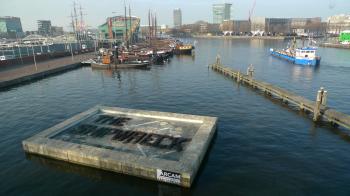
The Shipwreck Contains the Ship, Urbaniahoeve installation at ARCAM in conjunction with Farming the City
Saturday 7 May at 16.00h, is the closing event of the Farming the City exhibition at ARCAM. URBANIAHOEVE’s phytoremediation installation on ARCAM island, titled ‘The Shipwreck’ will be dismantled and distributed to guests. Do not miss the only opportunity to taste 6 week old hyperaccumulators fed on Oosterdok water and to take home a big block of highly polluted spinach.
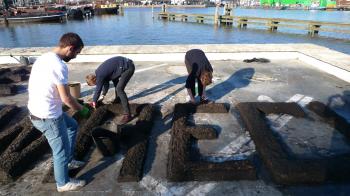
Planting phytoextractors, phytostabilisors, and vegetal caps at ARCAM Island
From the Ancient Greek phyto, for plant, and the Latin, remedium, to restore balance, phytoremediation bridles the natural properties and chemical dynamics of specific plant families to repair polluted sites and soils. Used properly, it is considerably less expensive, less dangerous to the environment, and ultimately more effective than the practice of digging out ground material and resituating it from one site to another.
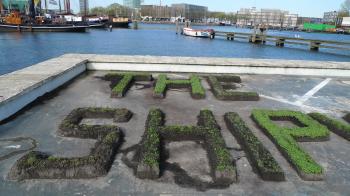
T=spinach, H=mustard, E=clover, S=phacelia, H=spinach, I=clover, P=mustard, 3 techniques
A complex web of interconnected traits and characteristics ensures that that the stationary chemical factories we call plants, get what they need where they are. While some plants excel at accumulation, others do not. For example, distributing toxic metals from their roots up to their fruit is not what fruit trees do. One urban agriculture solution to heavy metal contamination can be to heavily plant orchards and thoroughly carpet their beds with nectar-rich groundcovers.
Certain plant characteristics can restore soil health over time by generating enzyme fields that spawn flurries of microbial activity around their roots. Just two (of many) phyto- techniques used to repair polluted ground with living plants are: phytoextraction and phytostabilisation. Urbaniahoeve contributes a new technique to this list, which we have named, The Shipwreck Contains the Ship, in which we recontextualise urban soil pollution as a means to its own solution. Our contaminated urban soils provide both the necessity and the opportunity to implement city-wide urban agriculture. No baby, no bathwater. The shipwreck contains the ship.
-
Saturday May 7, ARCAM 16:00h
ARCAM, Amsterdam Centre for Architecture
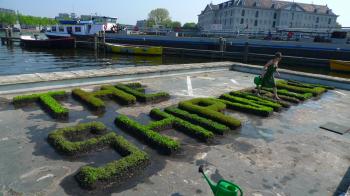
Watering the Shipwreck with polluted and semi-salinated water from the Oosterdok
debra at 23:09 | Comments (0) | post to del.icio.us
Do AND talk
Some folks are all talk and no do, but this last year, I’ve been all do and no talk. Apologies for my extended absence and may this post mark a movement towards striking a balance between the two.
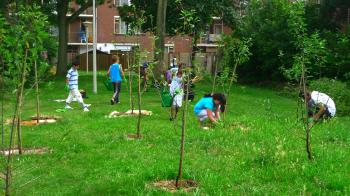
Foodscape Schilderswijk: kids initiating the planting of the Wellington Hof Plum Orchard
In the past year I started a foundation for urban agriculture in Amsterdam and the Hague called URBANIAHOEVE, Social Design Lab for Urban Agriculture. URBANIAHOEVE, for short. We’ve been producing a gamut of projects (and pilots) that are working examples of the kind of urban agriculture that we want in our cities. Small but real food-system infrastructure, foodscapes built on existing green infrastructure by the existing social infrastructure.
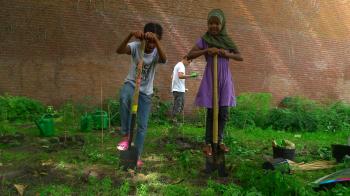
Foodscape Schilderswijk: Planting a future foraging forest in the Wellington Hof
With locals, schools and organisations we are producing orchards and edible landscape architecture right in the public space of a Hague neighbourhood.
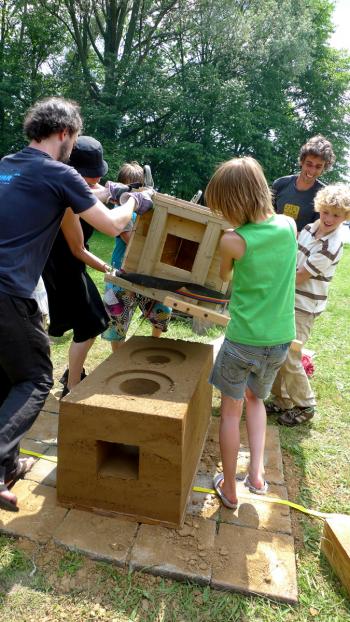
DIY Mmmmuseum of Oven Typologies: tamped earth ovens barely outta beta
After its successful pilot last summer, we’ll soon be implementing our playful and public urban kitchen infrastructure at 4 Amsterdam locations, complete with a monthly programme (this fall) that will introduce different constellations of folk to DIY outdoor oven technology.
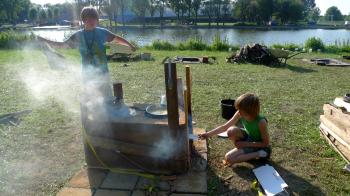
DIY Mmmmusem of Oven Typologies: kids monopolizing and/or owning the ovens
URBANIAHOEVE’s projects, like all urban agriculture, require a huge amount of work produced by a devoted and almost indefatigable team, by numerous project participants, developed with, and supported generously by inspirational partners.
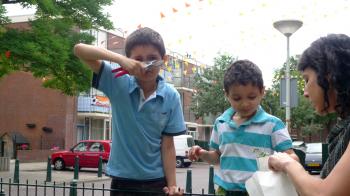
Foodscape Schilderswijk: Harvesting herbs in the public space
Though our work is ongoing, finally I can begin the satisfying process of reflection and reporting on what we’re doing. By ‘we’ I really do mean WE. The URBANIAHOEVE blog will report tersely in project copy in Dutch and English, but Culiblog will be the place where I can still dish the real dirt on urban agriculture.
- Foodscape Schilderswijk is an URBANIAHOEVE project developed in collaboration with Stroom, Hague Centre for Art and Architecture as part of their multi-year manifestation Foodprint, Food and the City.
debra at 21:32 | Comments (1) | post to del.icio.us

